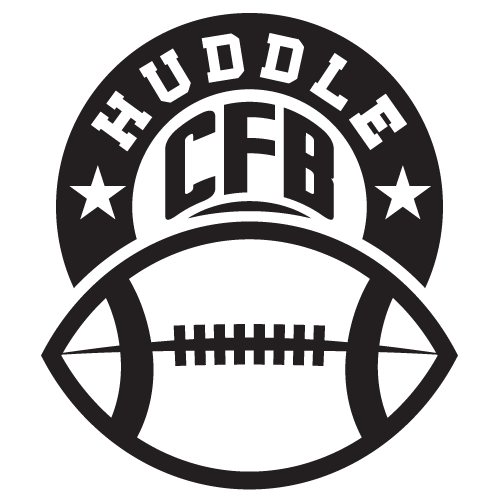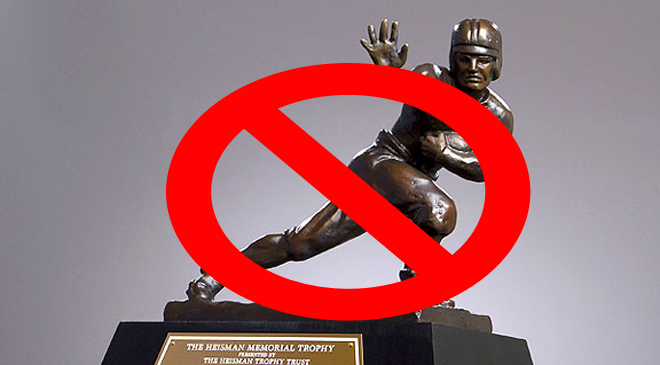1992: MARVIN JONES
The 1992 Heisman field wasn’t particularly strong. Gino Toretta had a perfectly fine season, leading the defending national champion Miami Hurricanes to a perfect regular season and de facto national championship game appearance against Alabama.
Toretta’s selection feels like a fallback option. San Diego State running back Marshall Faulk was in the conversation all year after finishing in the Heisman voting top 10 in 1991, and Faulk delivered with some big numbers throughout 1992. His 1,630 rushing yards led the nation and he scored 15 touchdowns.
Coincidentally, however, a game against Miami paved the way for the Hurricanes’ quarterback to win the Heisman. Faulk missed San Diego State’s late-season date with Miami due to a knee injury.
“Once he warmed up, there was no question as to our decision,” San Diego State athletic trainer Brian Barry told the Los Angeles Times. “It was a mutual thing-Coach, Marshall and I.
Georgia running back Garrison Hearst made a case with 19 rushing touchdowns, but runner-up Marshall Faulk boasting the superior statistics almost across the rest of the board may have made Hearst a tough sell.
As the best quarterback on the best regular-season team, Toretta was the safe choice. It’s a shame voters didn’t stray from their comfort zone and name the first defensive recipient of the award the 1992 Heisman winner.
Florida State linebacker Marvin Jones may have summed it up best, speaking with the Los Angeles Times in December 1992.
“The award is supposed to be for the best player and a lot of people think that I am the best player, but the way they give the award I didn’t think they’d change just for me.”
“Why don’t they go get the best football player in America and that could possibly be Marvin Jones,” Bobby Bowden asked.



[…] The general consensus between Heisman and AP voters for the last two decades reiterates the controversy behind this year’s award. The race between runner-up Christian McCaffrey and winner Derrick Henry, with Clemson’s Deshaun Watson running a distant third, wasn’t particularly close — certainly not like 2009, the last time the AP Player of the Year and Heisman differed (and not-so-coincidentally, one of my biggest Heisman snubs of the last three decades). […]